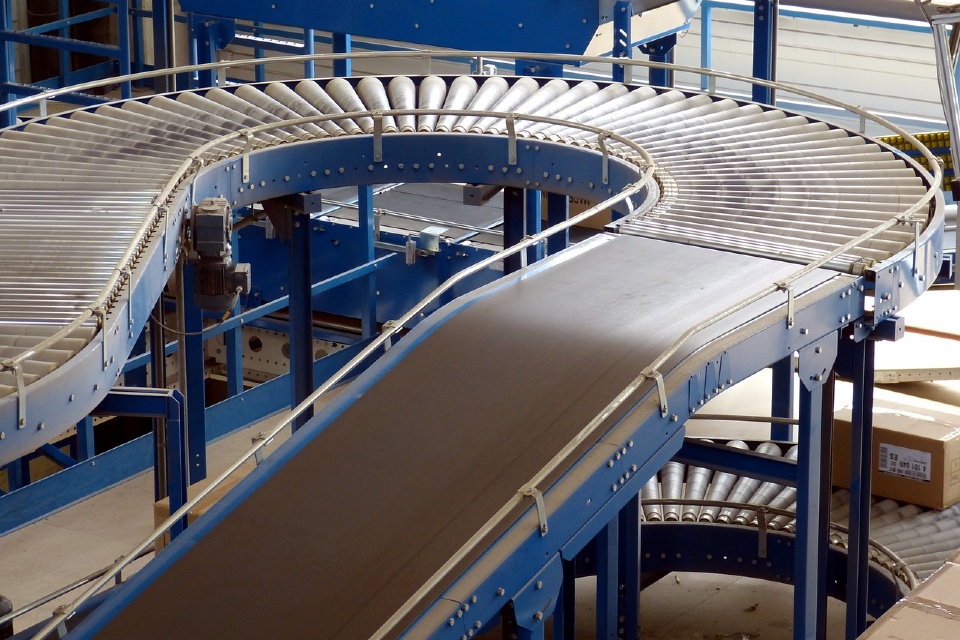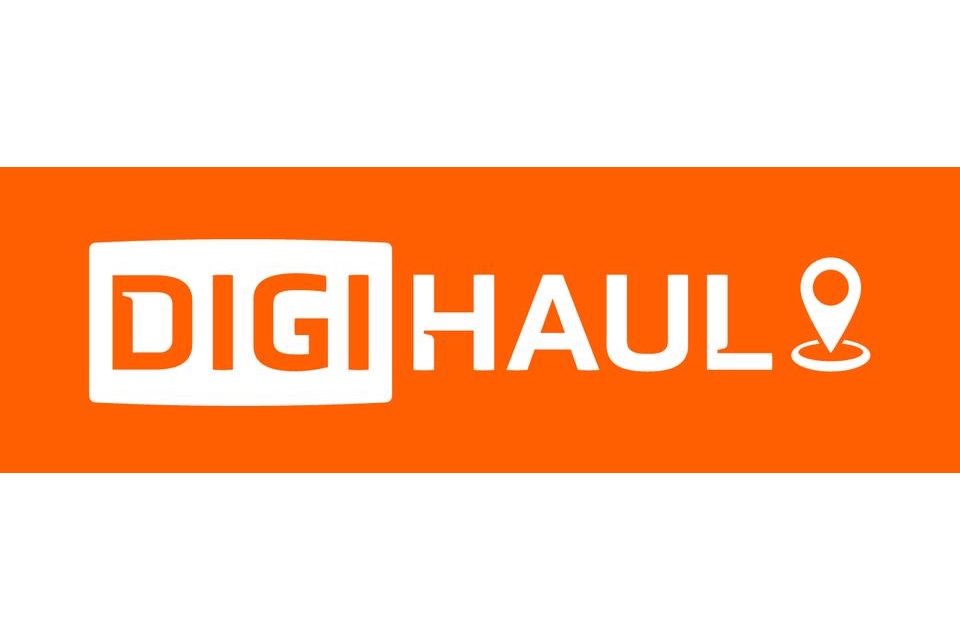Investment in warehouse automation and management systems continues to rise as supply chains look to resolve exposed weaknesses and create greater resilience to macroeconomic headwinds.
According to ABI Research, Automated Storage & Retrieval System (AS/RS) revenues are expected to surpass $15 billion globally by 2030, and Warehouse Management System (WMS) revenues are expected to exceed $10 billion by the same period.
Ryan Wiggin, Supply Chain Management & Logistics Industry Analyst at ABI Research, said: “Global supply chain challenges over the last three years have highlighted the need for digitalisation and a deeper restructuring of inventory management. Labor constraints, geopolitical trade shifts, and inventory gluts continue to pressure warehouse operations, and the most impacted organisations continue to be those with lower focus on digital transformations.”
AS/RS vendors, including AutoStore, Ocado, and Swisslog, as well as Autonomous Mobile Robot (AMR) vendors such as inVia Robotics, Locus Robotics, and Vecna Robotics, are leading the structural automation charge, while established and emerging WMS vendors such as Blue Yonder, Manhattan Associates, and Snapfulfil continue to add new functionalities to orchestrate and optimize both the manual and automated workflows.
In addition to the growth in automation and management systems, high investment in hardware and devices is expected to increase worker productivity, as manual worker involvement remains necessary alongside the adoption of automated equipment. Global shipments of handheld devices for warehouse workers will grow at a CAGR of 20% to 2030, led by market leaders such as Zebra and Honeywell.
New warehouse building is expected to drop by as much as 35% in 2023 compared to 2022. It is creating an even greater incentive to invest in the automation of current facilities to ease operational constraints. Disruption to new developments will be short-lived, with steady growth in warehouse construction expected to 2030, led by a much greater CAGR in global e-commerce fulfillment center development at 18%.
“Successful deployments by Tier One organizations continue to spur the adoption of technologies within small-medium enterprises. Solutions providers must continue to offer accessible adoption through as-a-service models and scalable structures, and exploring partnerships with complementary technology will be key to deploying market-leading end-to-end solutions,” concluded Wiggin.
These findings are from ABI Research’s Smart Warehousing market data report.







